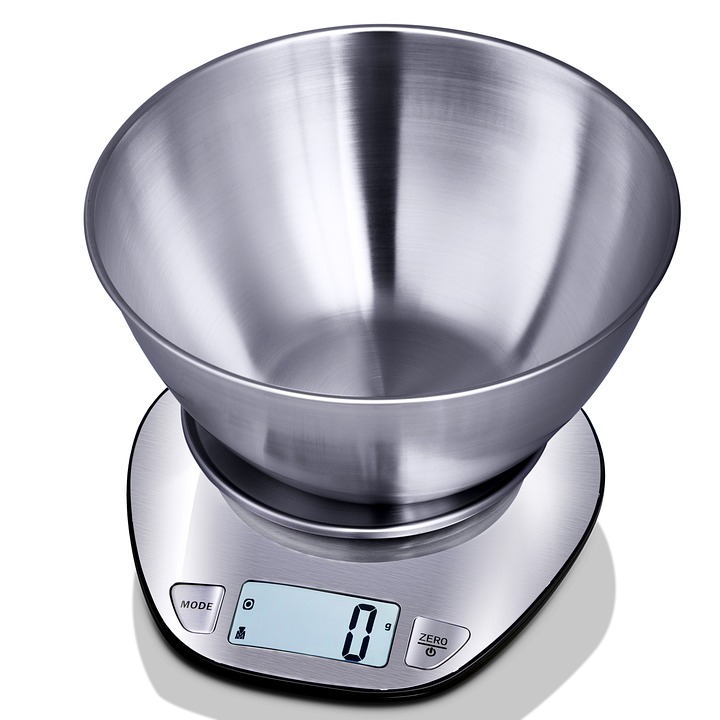Women’s Health 101: What You Need to Know
As a woman, taking care of your health is essential for living a happy, healthy, and balanced life. However, with the numerous factors that affect women’s health, it can be overwhelming to know where to start. In this article, we’ll cover the basics of women’s health, from menstruation and hormonal changes to breast health and beyond. We’ll also explore some common myths and misconceptions, and provide you with actionable tips to prioritize your well-being.
Menstruation and Hormonal Changes
One of the most significant aspects of women’s health is menstruation. Every month, your body prepares for a potential pregnancy by shedding its lining, resulting in bleeding and cramps. Hormonal changes, particularly estrogen and progesterone, play a crucial role in this process.
Understanding your menstrual cycle can help you better navigate your body’s changes. Knowing when you’re most fertile, how to manage cramps, and how to cope with mood swings can significantly improve your overall well-being.
Breast Health
Breast health is another vital aspect of women’s health. Regular self-exams and screenings can help detect breast cancer early, improving treatment outcomes and survival rates.
Some key facts to keep in mind:
- Breast cancer is the most common type of cancer in women worldwide.
- Mammograms are the most effective way to detect breast cancer in its early stages.
- Regular self-exams and monthly breast self-awareness can help identify changes in your breasts.
Mental Health
Mental health is often overlooked, but it’s just as crucial as physical health. Women are more likely to experience anxiety, depression, and stress, which can have a significant impact on their overall well-being.
Some tips for prioritizing mental health:
- Practice mindfulness and meditation to reduce stress and anxiety.
- Engage in activities that bring you joy and fulfillment.
- Prioritize sleep and exercise for improved mood and overall well-being.
Nutrition and Wellness
A healthy diet and lifestyle are essential for maintaining overall well-being. Here are some key takeaways:
- Eat a balanced diet rich in fruits, vegetables, and whole grains.
- Stay hydrated by drinking plenty of water throughout the day.
- Exercise regularly to improve mood, energy, and overall health.
Common Myths and Misconceptions
Despite the wealth of information available, many myths and misconceptions surrounding women’s health persist. Here are a few common ones:
- Myth: Women are weaker than men.
- Reality: Women’s bodies are capable of incredible strength and resilience.
- Myth: Women’s hormones are the sole cause of mood swings.
- Reality: Hormonal changes are just one factor contributing to mood swings; stress, sleep deprivation, and other factors also play a role.
Tips for Prioritizing Your Well-being
- Schedule self-care: Make time for activities that bring you joy and relaxation.
- Stay informed: Stay up-to-date on the latest research and advancements in women’s health.
- Seek support: Surround yourself with loved ones, friends, and healthcare professionals who care about your well-being.
- Prioritize sleep: Aim for 7-9 hours of sleep per night to improve mood, energy, and overall health.
Frequently Asked Questions
Q: How often should I get a mammogram?
A: The American Cancer Society recommends annual mammograms for women starting at age 40.
Q: How can I manage menstrual cramps?
A: Over-the-counter pain relievers, heat therapy, and relaxation techniques can help manage cramps.
Q: What are the most common symptoms of menopause?
A: Symptoms can vary, but common ones include hot flashes, night sweats, mood changes, and vaginal dryness.
Q: How can I reduce my risk of breast cancer?
A: Maintaining a healthy weight, staying physically active, and limiting alcohol consumption can all help reduce your risk.
Q: What are some signs of a healthy body?
A: A healthy body is characterized by regular periods, a balanced diet, regular exercise, and a positive mental outlook.
By prioritizing your health and staying informed, you can take control of your well-being and live a happy, healthy, and balanced life. Remember to stay curious, ask questions, and seek support when you need it.
Image:
A woman smiling, with a green background and a pair of scissors cutting through a red ribbon, symbolizing cutting through misconceptions and embracing a healthy, happy life.
Sources:
American Cancer Society. (2022). Mammograms. Retrieved from https://www.cancer.org/healthy/women/getting-tested.html
Mayo Clinic. (2022). Menopause Symptoms. Retrieved from https://www.mayoclinic.org/diseases-conditions/menopause/symptoms-causes/syc-20354365
Women’s Health. (2022). Women’s Health 101. Retrieved from https://www.womenshealthmag.com/wellness/a19934439/womens-health-101-what-you-need-to-know/



